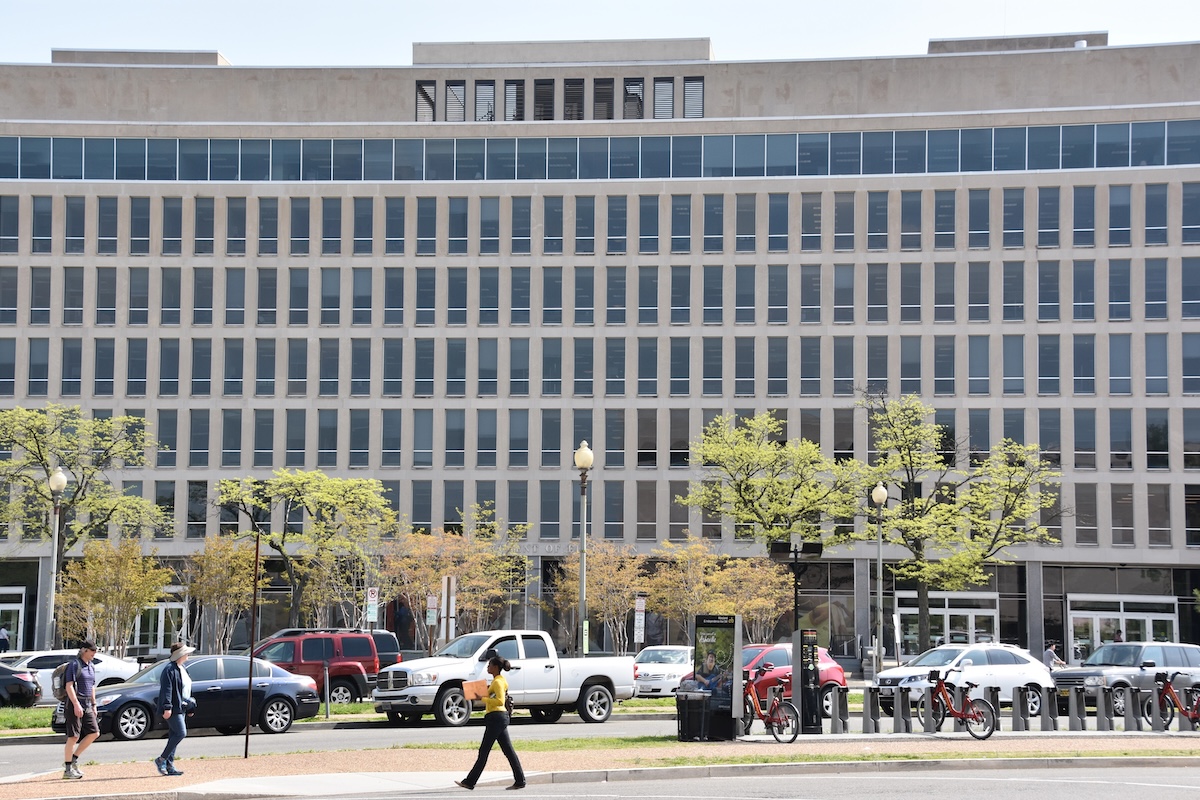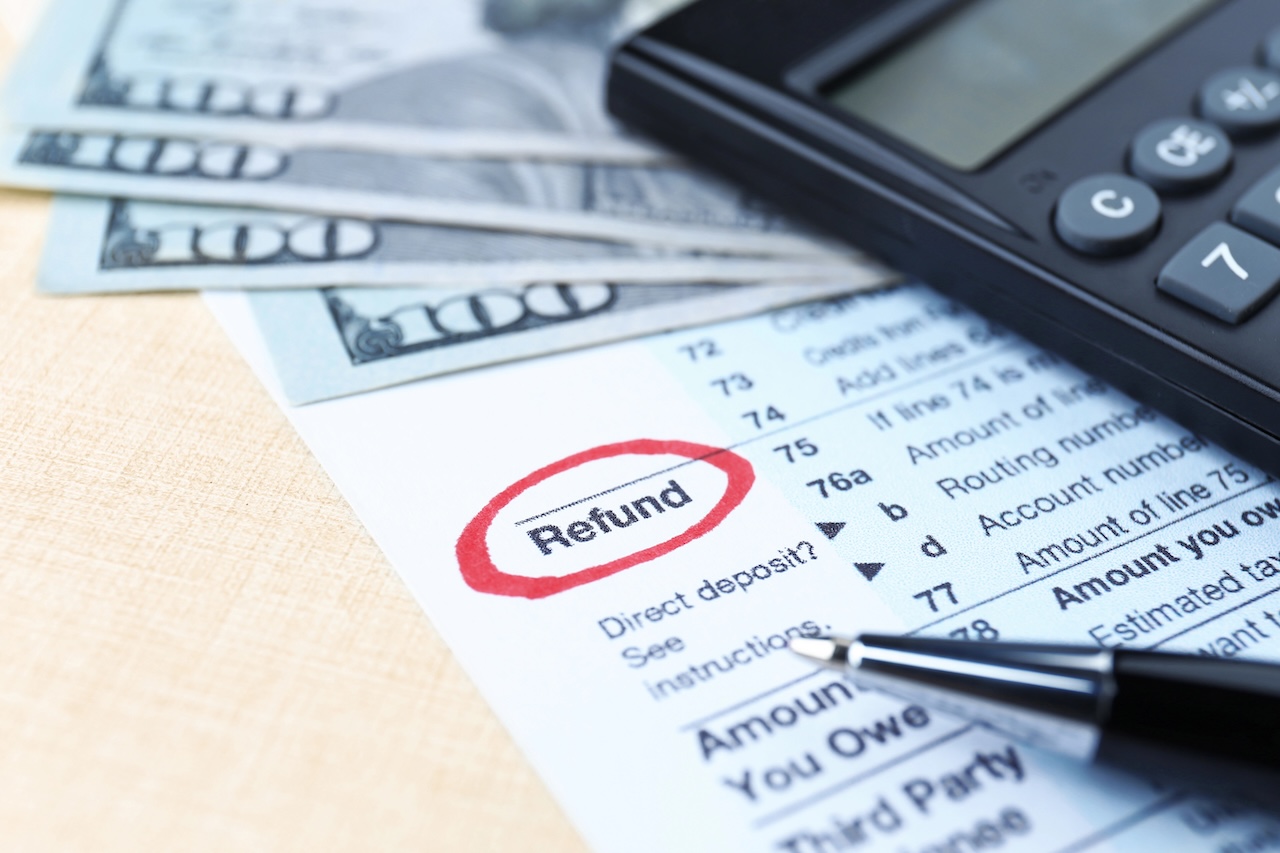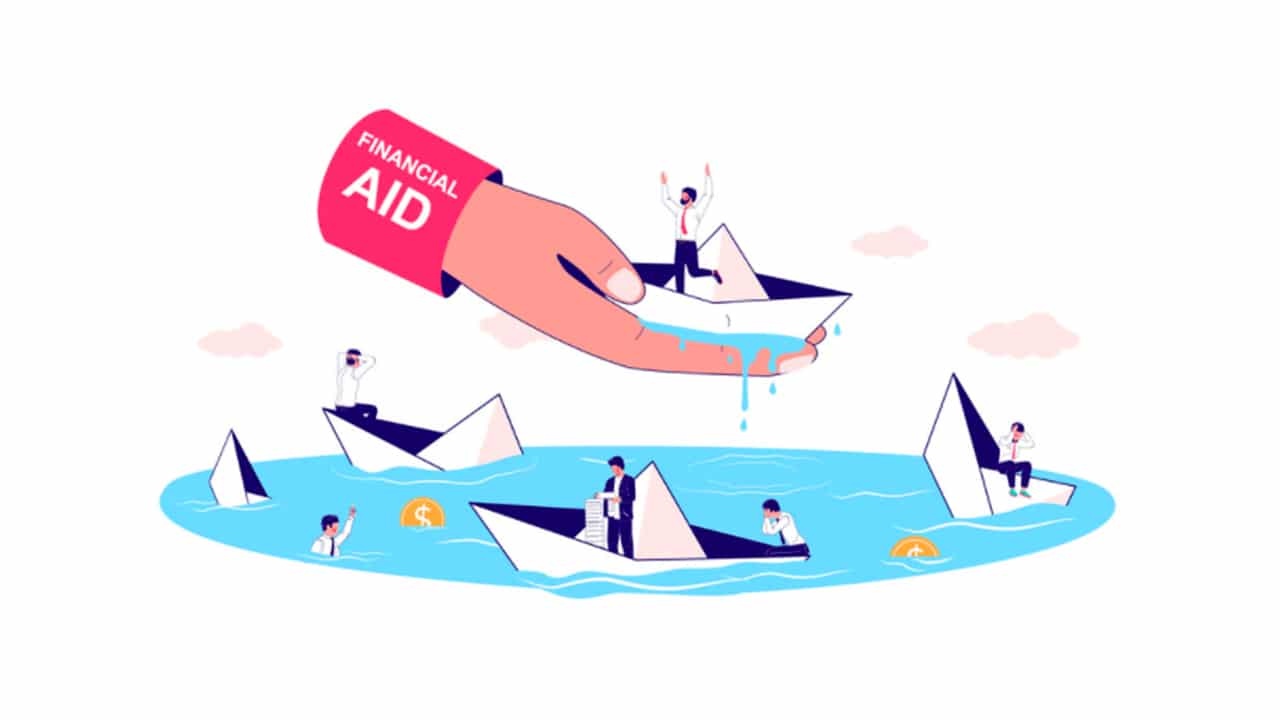1.5M IDR Applications Still Pending


A month after a noticeable jump in IDR application processing for student loan repayment plans, the Department of Education reported a sharp slowdown in June (PDF File). From June 1 through June 30, the agency processed 186,731 Income-Driven Repayment (IDR) applications, about 35 percent fewer than in May.
The updated figures come as more than 1.5 million borrowers still wait for decisions. With interest charges set to resume for many SAVE plan borrowers on August 1, and sweeping repayment changes coming in 2026, concerns about the Department’s capacity are growing.
In parallel, only 2,224 Public Service Loan Forgiveness (PSLF) buyback requests were processed in June, leaving 65,448 still pending. That pace trails the 3,312 requests completed in May, even as application volume continues to rise.
The delays are particularly worrisome in light of a recent Supreme Court ruling that clears the way for Trump administration plans to reduce staffing at the Department. With workload increasing and fewer employees on hand to manage it, the risk of longer processing times now appears more likely.
The IDR backlog stood at 1,511,504 at the end of June. While this is a slight improvement over May’s 1.58 million figure, the slower processing rate signals a possible bottleneck forming again. During May, nearly 286,000 applications were resolved. In April, the figure was just under 80,000.
The improvement in May had been attributed to the launch of a streamlined online IDR form and a brief staffing surge. But the gains did not hold. June’s slowdown raises questions about whether the Department has enough staff or resources to manage the current volume, especially given the end of the SAVE repayment plan.
With the SAVE plan ending, and the Department of Education encouraging borrowers to move to IBR, it’s concerning if the Department would even be able to process such a massive change timely.
It’s important to note that the Department of Education has acknowledged that some of this backlog cannot be processed because borrowers submitted applications that selected the “SAVE” or “Select The Lowest Repayment Plan Option”. Those two options are barred by the courts, and those applications cannot be processed.
If borrowers selected those options previously, the need to submit a new application and their prior application will be cancelled.
While the IDR slowdown was unexpected, the PSLF buyback program also showed signs of strain. In June, the Department completed just 2,224 PSLF buyback requests. That number fell short of May’s total and lagged behind the volume of incoming applications.
Pending buyback requests grew to 65,448 in June, up from 58,761 in May and 49,318 in April. The backlog has now increased by more than 30 percent over two months, even as borrower complaints rise.
We’re seeing borrowers report timelines of 8-9 months to get a buyback response, and that number keeps growing.
The PSLF buyback program allows borrowers who worked in public service during periods of forbearance or deferment to count those months toward forgiveness. But only a small team within the Department handles these requests directly, without help from servicers. Processing times, which averaged two to three months in 2024, now commonly stretch past eight months.
Recent status reports have not included approval rates or explanations for denials, leaving borrowers with little insight into their applications. The lack of transparency, coupled with rising wait times, has led many borrowers to question whether they will see timely relief at all.
|
PSLF Buyback Processing Backlog |
|||
|---|---|---|---|
The June report arrives just days after the Supreme Court allowed the Trump administration to proceed with planned layoffs across the Department of Education. The move is expected to impact processing capacity across all federal student loan programs, including IDR, PSLF, and the upcoming rollout of the Repayment Assistance Plan (RAP) due in 2026.
Department officials have not disclosed how those changes will affect loan servicing. But borrowers and advocates worry that the result will be longer wait times and growing confusion, particularly as interest resumes for SAVE borrowers still in forbearance and new repayment options are introduced.
Meanwhile, July’s processing data will be released in mid-August, and it’s will be seen whether June’s slowdown was temporary or a new normal.
What is certain: millions of borrowers are waiting. Some for decisions that could reduce or eliminate their loan balances. Others simply for the ability to get back on track.
Don’t Miss These Other Stories:

Tax refunds in early 2026 could be $1,000 to $2,000 larger for many households due to retroactive tax law changes....

Why does it feel like large companies always get the upper hand? Maybe it’s the long contracts with fine print,...

What can you do if you can’t afford college? Maybe the financial aid award wasn’t enough, or you only want...